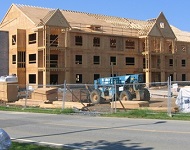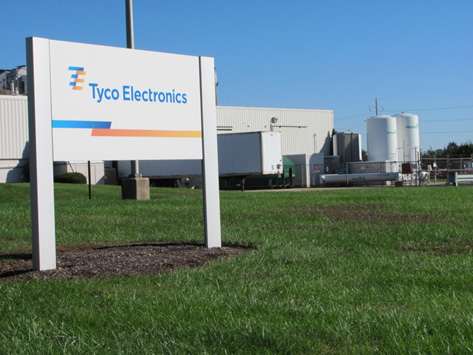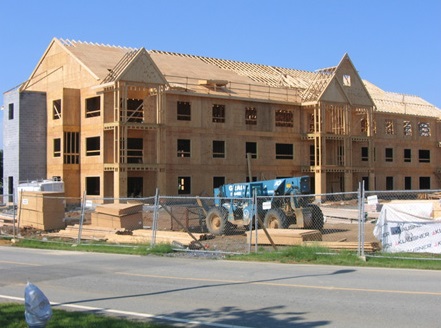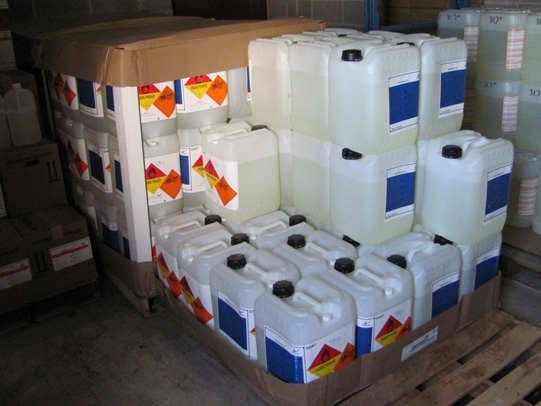
By Eric G. Bachman
Preincident intelligence is a critical operational and safety process that enables fire service leaders to better understand community challenges and organizational limitations and to develop countermeasures to enhance operational readiness. Certainly not a new concept, intelligence was practiced in the earliest days of civilization. Exemplified around the 5th Century B.C. by Chinese military General Sun Tzu in his book The Art of War, he taught military strategies that contributed to the defeat of numerous opponents. One of his stratagem teachings was, “If you know the enemy and know yourself, you need not fear the result of a hundred battles. If you know yourself but not the enemy, for every victory gained you will also suffer a defeat. If you know neither yourself nor yourself, you will succumb in every battle.” This philosophy can be correlated to fire service operations, and past results that can be corroborated in published line-of-duty-death (LODD) reports.
Structural Disparity
A tremendous component of intelligence is to know the buildings you protect. All buildings, however, are not created equal; if they were, we would not need architects, and fire departments strategies and tactics would be relatively elementary. But, we live in an imperfect world with infinite variables and influences that should cause fire department leaders to become intimately familiar with all of the elements protected their districts and realize the capabilities and limitations of the organization. No matter how benign a facility may appear on the outside or the complacency one unconsciously acquires from nonemergent familiarity, all protected elements require careful analysis and evaluation. Fire officials must avoid what I call the “Jack-In-The-Box Effect.” You know it exists, you know the “music,” but you still react surprised and defensive when “Jack” comes out of the box. Applying this to a fire district, you know the occupancy exists; you know the challenges it presents; and when you are called there to an emergency, you are not surprised at what is presented.
Other than medical issues and apparatus accidents, a significant influencing contributor to LODDs is the building and its reaction to fire conditions. The building is a significant factor in fire department operations. This should not be an epiphany to any fire service leaders and instructors. Rapid fire spread, explosive smoke production, vertical and horizontal extension, and collapse have contributed to many LODDs.
Preplanning Elements
A common practice in preplanning is using a basic template to collect facility information. A checklist of sorts, typically, the building construction section is limited to describing the construction type through labeling one of the five basic methodologies. Some templates may be expanded to denote the construction materials and if lightweight truss support systems are in place. There may also be check boxes for special features such as the existence of fire walls, void spaces, and wall penetrations. This is all valuable information, and the end user can apply this data along with cognitive data from previous training (and experiences) on how the building may react under fire conditions.
Facility-specific elements such as alarm and protection systems, utility types, and shutoff locations and the use and storage of hazardous materials are commonly collected during preplanning. In many cases, preplanning templates are focused and structured to note “black and white” facility features.
Preincident Intelligence
Preincident intelligence is a never-ending process that allows fire service staff to recognize and analyze their capabilities against community challenges and develop countermeasures. But too often, the above noted data collection templates are limited. And because buildings are not created equal, there must be flexibility to recall facility-specific information or circumstances.
Preincident intelligence is more than “filling in the blanks” of a generalized template. When evaluating a building, it is imperative to assess the features and circumstances that can harm personnel. Because every venue is different, there is no one-size-fills-all list of what to look for. However, there are some common categories that apply to most buildings which I call the “Four C’s,” which follow.
Classification
Classifying the building should answer questions such as What was the building’s original function (occupancy type)? For what is the facility currently used? What modifications have occurred from its original footprint? Realizing the occupancy type may elicit its inherent process and occupant challenges. A semiconductor facility (photo 1) has processes that use hazardous chemicals and, in some cases, with large open acid dip tanks.
People challenges include the number of occupants and their self-preservation abilities. Classification may include size factors of more than just calculating the overall square footage. Does the facility present large open spaces, or is it compartmentalized? How high are the ceilings? How long and wide are the rooms? These questions are important in developing and initiating strategies and tactics.

(1) A semiconductor facility inherently present many process and chemical hazards. (Photos by author.)
Construction
How is the building put together, and of what materials is it made? Recognizing the basic construction methodology and materials will provide associated characteristics and anticipated reactions to fire conditions (photo 2). Along with the fundamental construction type, it is necessary to examine alterations, modifications, and add-ons that may differ or create voids or other flame or smoke spreading pathway.
It is necessary to evaluate aesthetic elements, structural attachments, and other incident influencing loads. It is important to note the locations of signs, fire escapes, and marquees as well asevaluate how they are connected to the main building. These elements may place additional stress to structural components and can be attached with easily compromised attachments.
Remember, the common denominator of all buildings is not walls, floors, and roofs; it is gravity. Every building wants to fall, no matter the construction class. Granted, some will collapse quicker than others, but recognizing the construction type will help assess potential structural comprises.

(2) Wood frame structures may contain void spaces and foster rapid fire spread.
Contents
This is wide-ranging category includes identifying the materials stored and assessing the potential for fire spread and smoke development. Content includes assessing the flammable and chemical hazards of materials stored (photo 3). A warehouse of metal parts may not present as great a fire load as one with rolls of paper or pallets of tires. This is important to consider when determining fire flow calculations as some formulas do not account for the fire load.
Additionally, is it necessary to analyze interior finishes that can be a catalyst for extraordinary propagation of smoke and fire spread. While a building may be construction with noncombustible materials, flammable interior finishes certainly will contribute to a well-progressed incident despite the noncombustible structural materials.

(3) Pallets of this organic peroxide with an explosive subsidiary hazard ingredient used in a plastic utensil manufacturing warehouse.
Conditions
This overarching category includes identifying and assessing the conditions of the building, contents, and occupants. Building conditions encompass the structural integrity. This is a critical consideration because compromised elements observed before an emergency will certainly accelerate structural failure and collapse when attacked by fire. A structure known to be structurally deficient before an incident will affect the incident commander’s discretion on initiate offensive mitigation measures.
Maintenance is another factor. A limited or total lack of maintenance contributes to weakened structural elements and systems which will contribute to an earlier-than-anticipated failure. Deteriorated conditions related to weathering will also contribute to weakening structural elements. Water leaks will contribute to rotting conditions which can occur remotely from where the actual leak is initiated.
Assess conditions for adverse contributions during fireground operations. This includes housekeeping practices that may contribute to fire spread, inhibit personnel movement and hoseline management, and prevent egress from blocked pathways.
Review storage conditions as well. High pallet storage can become unbalanced, fall, cut off egress, and clamp or sever hoselines. High rack storage conditions can reduce the effectiveness of built-in fire protection systems when stacked above sprinkler droplet trajectory (photo 4).

(4) High rack storage packages piled above the sprinkler will prevent the device from working as intended.
Preplanning and preincident intelligence are critical processes in improving pre- and post-dispatch readiness, operations, and safety. It requires more effort than filling in the blanks of a data collection template. Expand your assessment of the building to consider a more rounded evaluation through consideration of the Four C’s. Local conditions should dictate the needed informational criteria. The facility Four C’s are most common and can be used to support a more robust preincident evaluation of facility hazards.
ERIC G. BACHMAN, CFPS, is a 33-year veteran of the fire service and a former chief of the Eden Volunteer Fire/Rescue Department in Lancaster County, Pennsylvania. He is the hazardous materials administrator for the County of Lancaster Emergency Management Agency and serves on the Local Emergency Planning Committee of Lancaster County. He is registered with the National Board on Fire Service Professional Qualifications as a fire officer IV, fire instructor III, hazardous materials technician, and hazardous materials incident commander. He has an associate degree in fire science and earned professional certification in emergency management through the state of Pennsylvania. He is also a volunteer firefighter with the West Hempfield (PA) Fire & Rescue Company.


